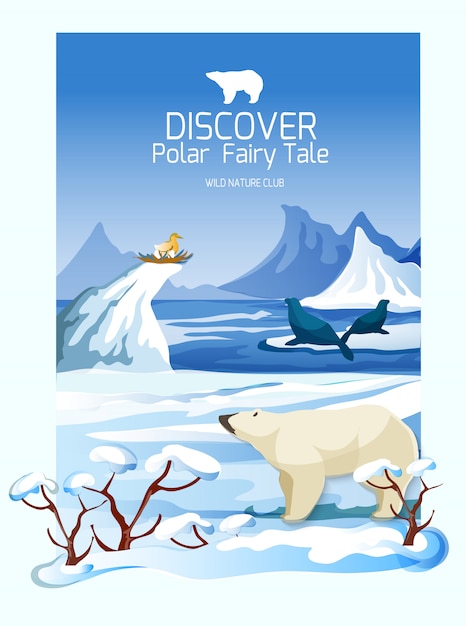Tundra – Unknown and Surprising Facts

The tundra is the coldest biome on Earth.
Tundra covers approximately 20% of the Earth’s land surface.
The Arctic tundra is located in the Northern Hemisphere, while the Alpine tundra is found in high-altitude regions all around the world.
Tundra plants have adapted to survive in extremely cold and harsh environments.
The word tundra comes from the Finnish word for barren or treeless land.
The permafrost layer in the tundra is permanently frozen ground.
Many bird species migrate to the tundra during the summer months to take advantage of the abundant food supply.
The tundra is home to a variety of unique animal species, such as muskoxen, Arctic foxes, and polar bears.
The plants in the tundra are usually low-growing to avoid being damaged by strong winds.
Tundra plants have shallow roots because of the permafrost, preventing them from obtaining nutrients from deeper soil layers.
The tundra experiences extremely long periods of daylight during the summer, known as the midnight sun.
In the winter, the tundra experiences polar nights, when the sun does not rise above the horizon for extended periods.
The tundra is a sensitive ecosystem that is easily disrupted by human activities, such as oil drilling and mining.
The tundra’s soil has little organic material and is often referred to as soggy due to the high water content.
The tundra is an important carbon sink, storing vast amounts of carbon dioxide in its frozen soil and vegetation.
Tundra – Unknown and Surprising Facts part 2
Tundra plants have small, compact leaves to minimize water loss and protect themselves from cold temperatures.
Many tundra animals have thick fur or feathers to insulate themselves from the cold.
The Arctic tundra experiences temperature extremes ranging from -34°C (-30°F) in winter to 12°C (54°F) in summer.
The tundra is known for its beautiful and colorful displays of wildflowers during the short summer season.
Some tundra animals, such as lemmings, have cyclic population fluctuations due to limited resources.
The tundra is an important breeding ground for migratory birds, such as geese and ducks.
The permafrost in the tundra acts as a natural freezer, preserving the remains of ancient plants and animals.
Despite its harsh conditions, the tundra is home to a surprising amount of biodiversity.
The tundra is often referred to as the polar desert due to its low precipitation levels.
The tundra’s lack of trees allows for unobstructed views of the horizon, creating a stunning landscape.
Tundra soil is often rich in minerals, making it valuable for mining activities.
The tundra has a fragile ecosystem, and even minor disturbances can take decades or centuries to recover.
The tundra biome is believed to have originated around 10,000 years ago after the last Ice Age.
The tundra is an important grazing ground for herbivores such as reindeer and caribou.
Due to the cold temperatures, decomposition in the tundra is very slow, leading to the accumulation of dead organic matter.
The tundra boasts incredible biodiversity with over 1,700 plant species recorded in the Arctic alone.
Tundra rivers and lakes support unique aquatic ecosystems, including fish species that have adapted to survive in cold environments.
The tundra is a prime location for scientific research, particularly in climate change studies.
Many indigenous communities have called the tundra home for centuries, relying on its resources for survival.
The thin layer of topsoil in the tundra often results in waterlogged areas, forming marshes and bogs.
Some tundra animals, such as the Arctic hare, change their fur color from brown to white during the winter to blend in with the snow.
The tundra’s landscape is sculpted by periglacial processes, including frost heaving and solifluction.
Tundra plants, such as the Arctic poppy, have evolved unique mechanisms to increase their metabolic rates for efficient growth.
The tundra is an ideal spot for stargazing due to its limited light pollution.
Arctic terns, a bird species found in the tundra, undertake one of the longest migrations of any animal, traveling from the Arctic to the Antarctic and back every year.
The tundra’s extreme temperatures and lack of tree cover make it one of the most challenging environments for human habitation.
Many tundra animals, such as ground squirrels, hibernate during the winter months to conserve energy.
Tundra mosses and lichens can grow very slowly, taking several years to increase in size by just a few millimeters.
The tundra is an important carbon source in the form of methane gas released from the melting permafrost.
Despite its seeming barrenness, the tundra is a fascinating and resilient biome that contributes greatly to the overall health of the planet.